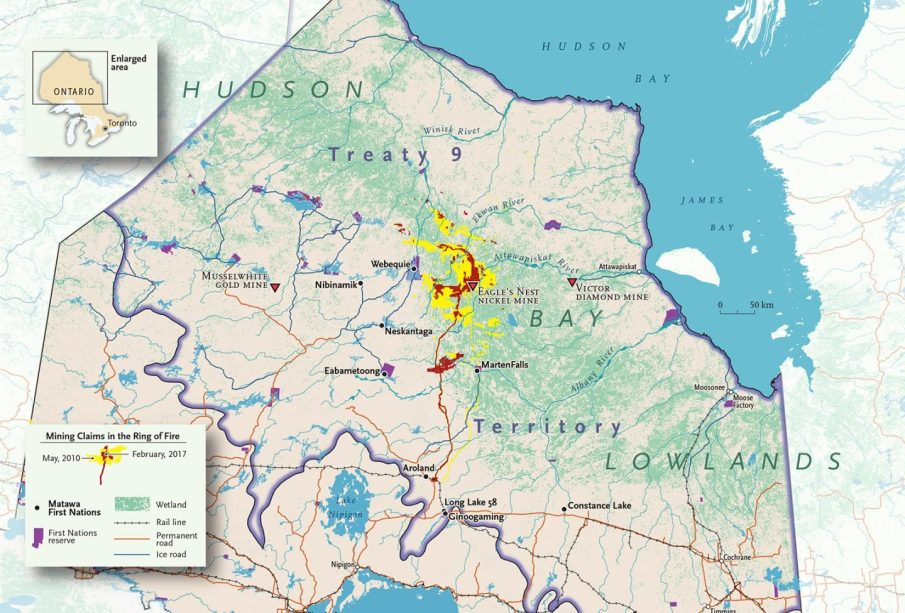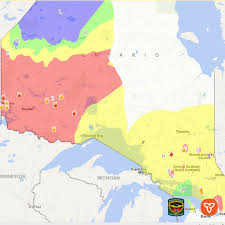Understanding the Ring of Fire in Ontario

Introduction
The Ring of Fire, located in northern Ontario, is a mineral-rich area that has drawn significant attention due to its potential economic benefits and ecological concerns. This region, which includes parts of the James Bay Lowlands, is believed to be rich in minerals like chromite, nickel, copper, and platinum, making it crucial for Canada’s mining sector and the global economy. Its relevance is heightened by ongoing discussions around Indigenous rights, environmental stability, and infrastructure development.
Current Developments
Recently, the Ontario government announced a renewed commitment to developing the infrastructure necessary to unlock the mineral wealth of the Ring of Fire. The plan includes building roads and power lines to support mining operations and is expected to create thousands of jobs. However, these developments face opposition from various Indigenous groups who emphasize the importance of protecting the land and waterways from potential environmental degradation.
Indigenous communities, including the Matawa Tribal Council, have brought forth concerns regarding the consultation processes employed by the government and mining companies. They argue that their rights and traditional lands must be respected and adequately incorporated into any development plans. In July 2023, negotiations aimed at addressing these concerns began, indicating a potential pathway for collaboration between the government, mining companies, and Indigenous communities.
Environmental Considerations
While the economic potential of the Ring of Fire is considerable, environmentalists warn against hasty developments. The area is home to diverse ecosystems and critical habitats. Studies highlight potential impacts on local wildlife and water quality if stringent precautions are not taken. Balancing economic growth with environmental stewardship has never been more crucial.
Conclusion
The future of the Ring of Fire presents a complex interplay of opportunity, responsibility, and negotiation. As Ontario moves forward with its plans, it must navigate the voices of Indigenous communities, environmental advocates, and the mining industry. The path ahead will likely set a precedent not just for Ontario, but for how resource development projects are approached across Canada. The successful and sensitive development of the Ring of Fire could lead to significant economic benefits while fostering a model of collaboration that respects Indigenous rights and environmental standards.







